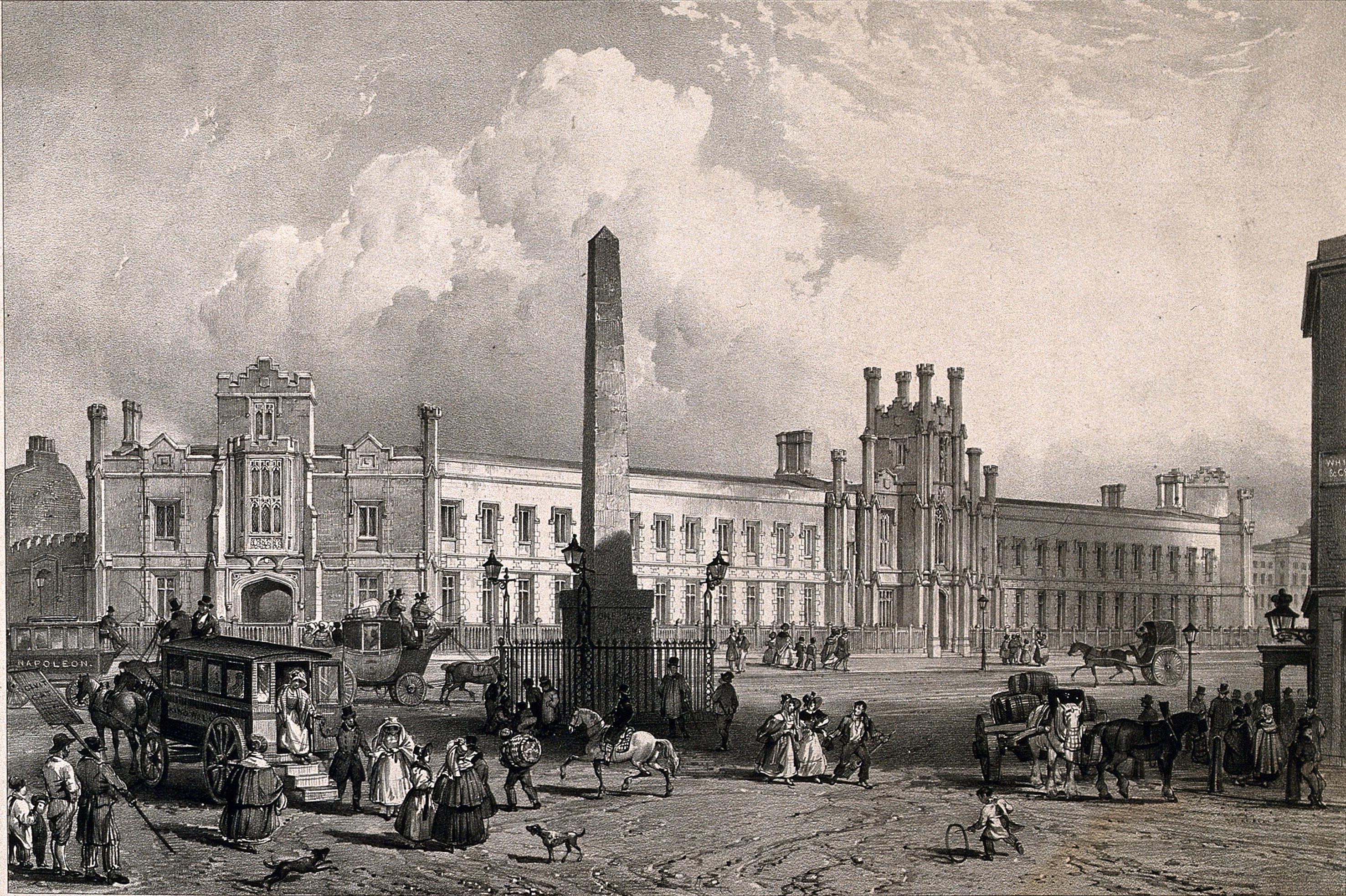The pupil

The newly established school was meeting a desperate need. Unless they were from wealthy families, blind people in Georgian London were often reduced to begging, or were taken advantage of by criminals.
The school, after fundraising in late 1799, started taking in pupils in the summer of 1800. The first of these pupils was Arthur Mitchell, whose story is typical of the way blind people were treated in London at the time.
Arthur was seventeen years old, and had lost his sight aged five after suffering from fever and convulsions. Life got even more challenging for Arthur when his father was lost at sea, and then harder again when his mother died a few years later.
He was taken in by a Mr Dudman, a hairdresser who lived in St. George’s Fields, where the new school was set up. Dudman spoke up for Arthur’s character when he applied for the school, saying that the boy was sober, decent and well disposed. Furthermore, he was a skilled violinist, who played in the streets, for which he received 2d to 5d a day.
He ticked so many boxes for the school. A boy, of excellent character, who already had a skill that the school could hone. A perfect way for the school to learn how best to support people.
It was all going well, until the truth of Arthur’s living conditions was revealed. A report revealed that Dudman’s house was actually a brothel, and that Arthur was forced by his foster father to play music for the customers. It is a story that could be straight out a Dickens novel.
At first, the school committee was nervous about taking him on, fearing ‘effects on his character’, but references from his cousin and a well-off lady convinced them of ‘his excellent disposition’. They admitted him as the first pupil in the school, with his church parish agreeing to make an allowance towards his clothing.

